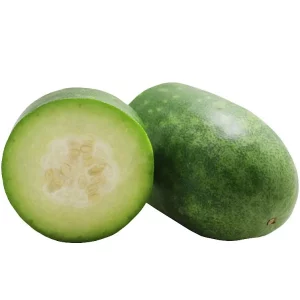$100.00 Original price was: $100.00.$90.00Current price is: $90.00.
Red amaranth is a versatile and nutritious plant, valued for both its leaves and seeds. Here are some details about red amaranth and its products:
Red amaranth is not only a nutrient-dense addition to your diet but also a sustainable and versatile plant that can be enjoyed in a variety of forms.




© banglaeu.com 2024 All Rights Reserved | Managed By DLT
Reviews
There are no reviews yet.